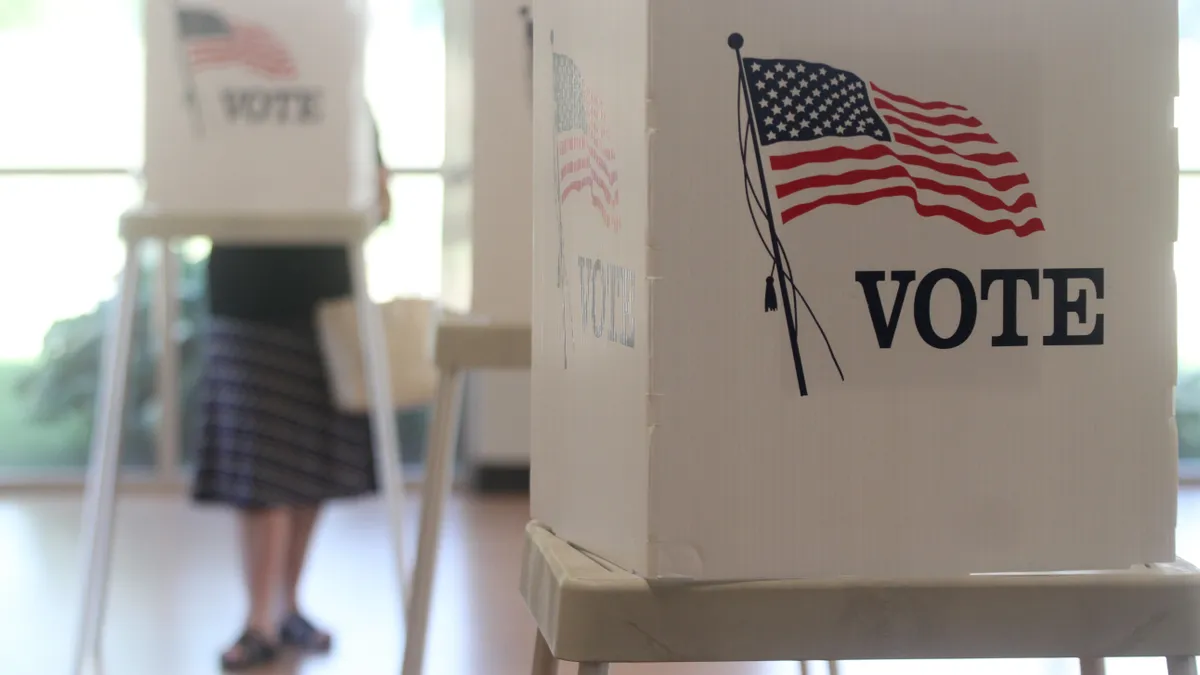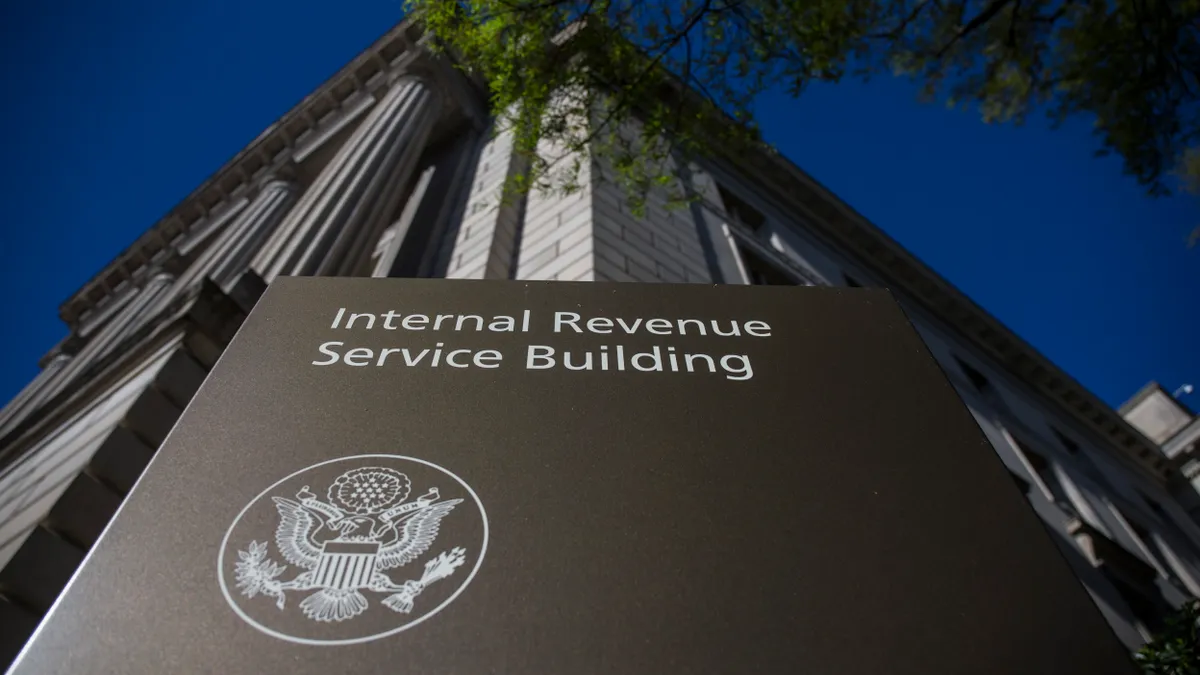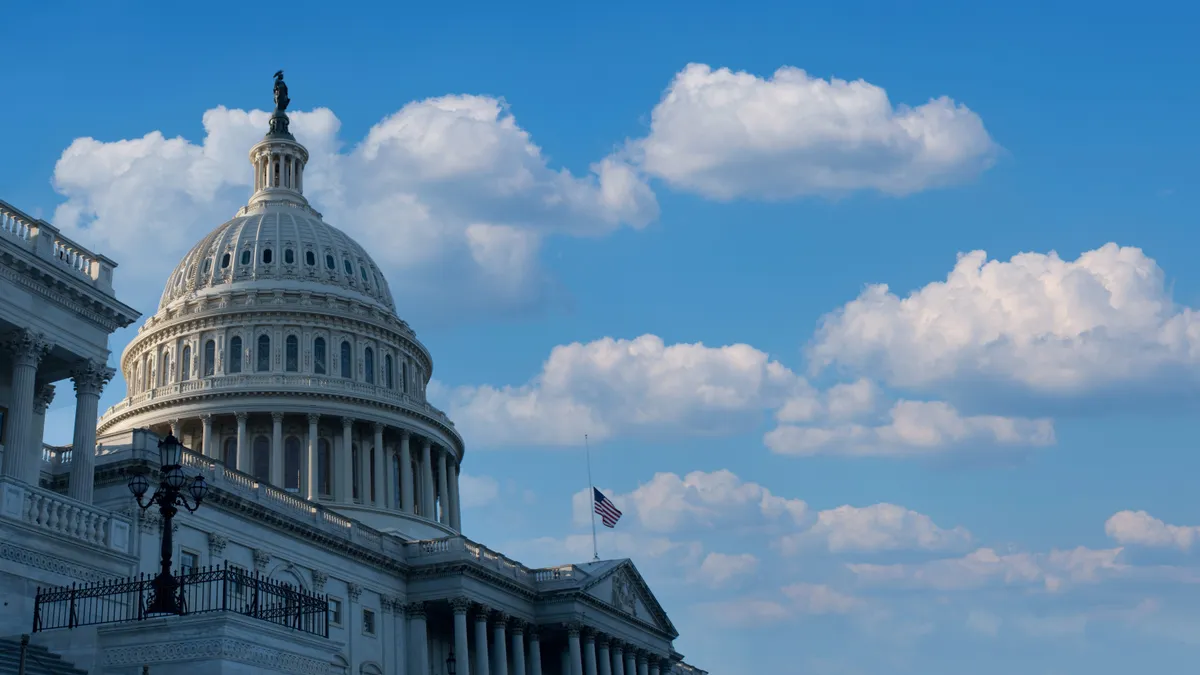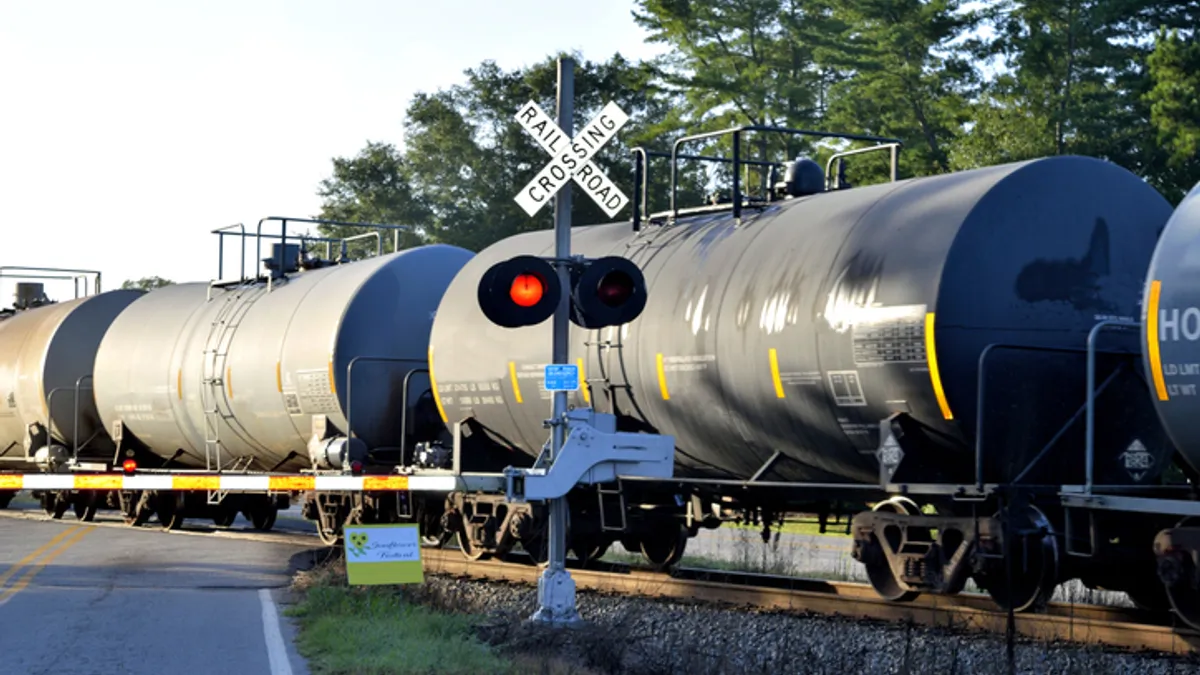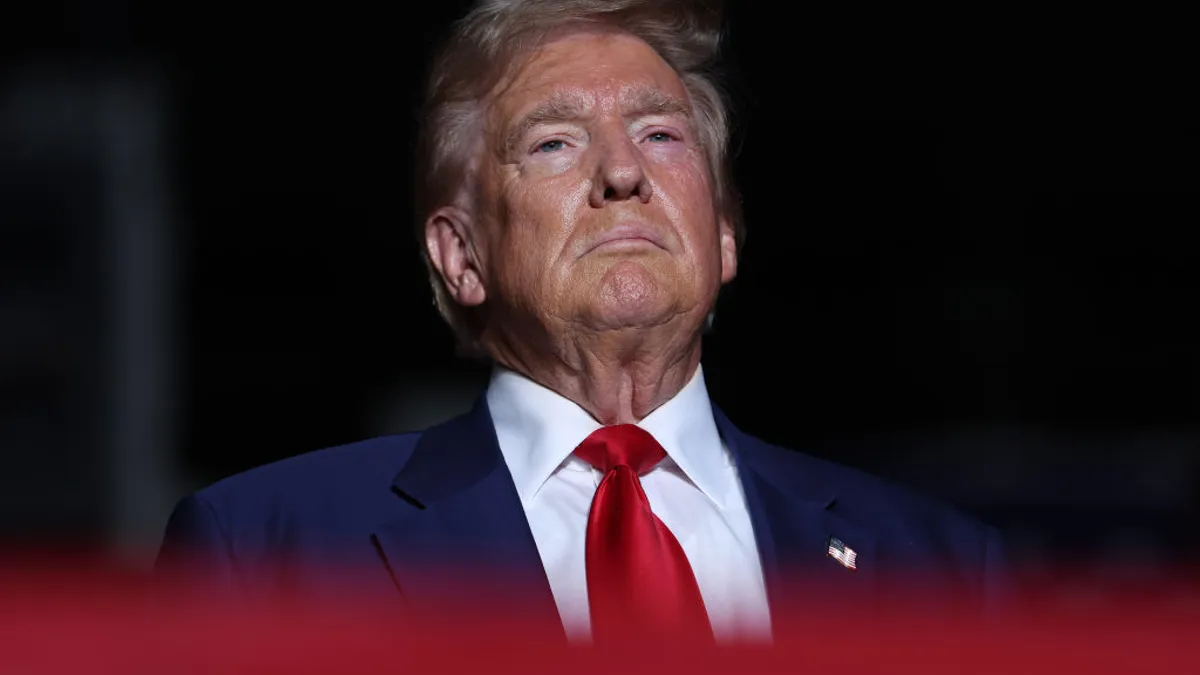Editor's Note: The following is a guest contribution from Vic Lance, founder and president of Lance Surety Bond Associates. He is a surety bond expert who helps business owners get licensed and bonded. Vic graduated from Villanova University with a degree in Business Administration and holds a Masters in Business Administration from the University of Michigan’s Ross School of Business.
Public-private partnerships (P3s) have been around for a while, but their development until recently has not been widely promoted. A recent Moody’s report from March 2016, however, outlines an ambitious future for such partnerships across the country. The findings of Moody’s Investors Service indicate that the infrastructure P3s market in the U.S. holds potential to turn into one of the largest on the globe.
While P3s pose some cost and deliverability risks, they are seen favorably as they incentivize the private sector and embed innovation and new technology in public projects.
Crucial factors for the growth of P3s include new resources for such projects ensured on both the state and federal level. The availability of capital that can be injected in public-private partnerships is another strong factor that can contribute to their success.
Political and legislative support is also close at hand, as a number of states have already started implementing P3-friendly legislation as well as regulations to control the deliverability on partnership construction projects.
The recent Fixing America's Surface Transportation (FAST) Act could be beneficial for the development of P3s, setting a positive trend in federal legislation.
Strong political will to accommodate P3s is visible across different states, as legislators are gradually amending rules to make it easier and more efficient to enter such construction partnerships. A number of states have already taken steps to increase the possibilities for using public-private partnerships for transportation and construction projects.
In California, a recent transportation funding bill could set the stage for the Department of Transportation and regional transportation agencies to enter public-private partnerships for transportation projects beyond the current end date of Jan. 1, 2017. It also would allow the Santa Clara Valley Transportation Authority to use P3s for transportation projects. Bill AB-2742 was held in committee in the Assembly in May.
Louisiana Senate Bill 195 is about to allow the Department of Transportation (DOT) to enter into transportation projects P3s. In June, the governor signed the bill.
In Missouri, Senate Bill 861 would change the existing legislation to allow P3s for construction of public buildings, water facilities, waterways, water supply facilities or pipelines, wastewater or wastewater treatment facilities, and vehicle parking facilities. It does not include highway, interstate or bridge construction, but current legislation already allows for using P3s for pipelines, ferries, river ports, airports, railroads and light rail. The bill was signed by the governor in July.
New Hampshire Senate Bill 549 is another piece of legislation joining the trend. It is bound to allow the Department of Transportation to use public-private partnerships for intermodal infrastructure and transportation projects. This bill was also signed by the governor in June.
Besides focusing new legislation on making more public-private partnerships for construction and transportation projects possible, states are also embedding in the new bills ways to regulate P3s. In many states, the greater opportunities for such partnerships come together with stricter rules on ensuring deliverability and preventing noncompletion.
Surety bonds such as payment and performance bonds thus become a common requirement for execution of P3s, protecting public entities from default and other issues that private contractors might pose.
In the case of New Hampshire and other states, the new legislation also stipulates the creation of a Public-Private Partnership Infrastructure Oversight Commission. Its mission is to administer P3s, setting contract regulations and bidding criteria.
Thus far, it appears that most states are interested and willing to amend their legislation and to create a healthy environment for public-private partnerships. The trend of introducing regulatory changes is a natural step by state legislators to protect state bodies and citizens alike from unsuccessful P3s.






